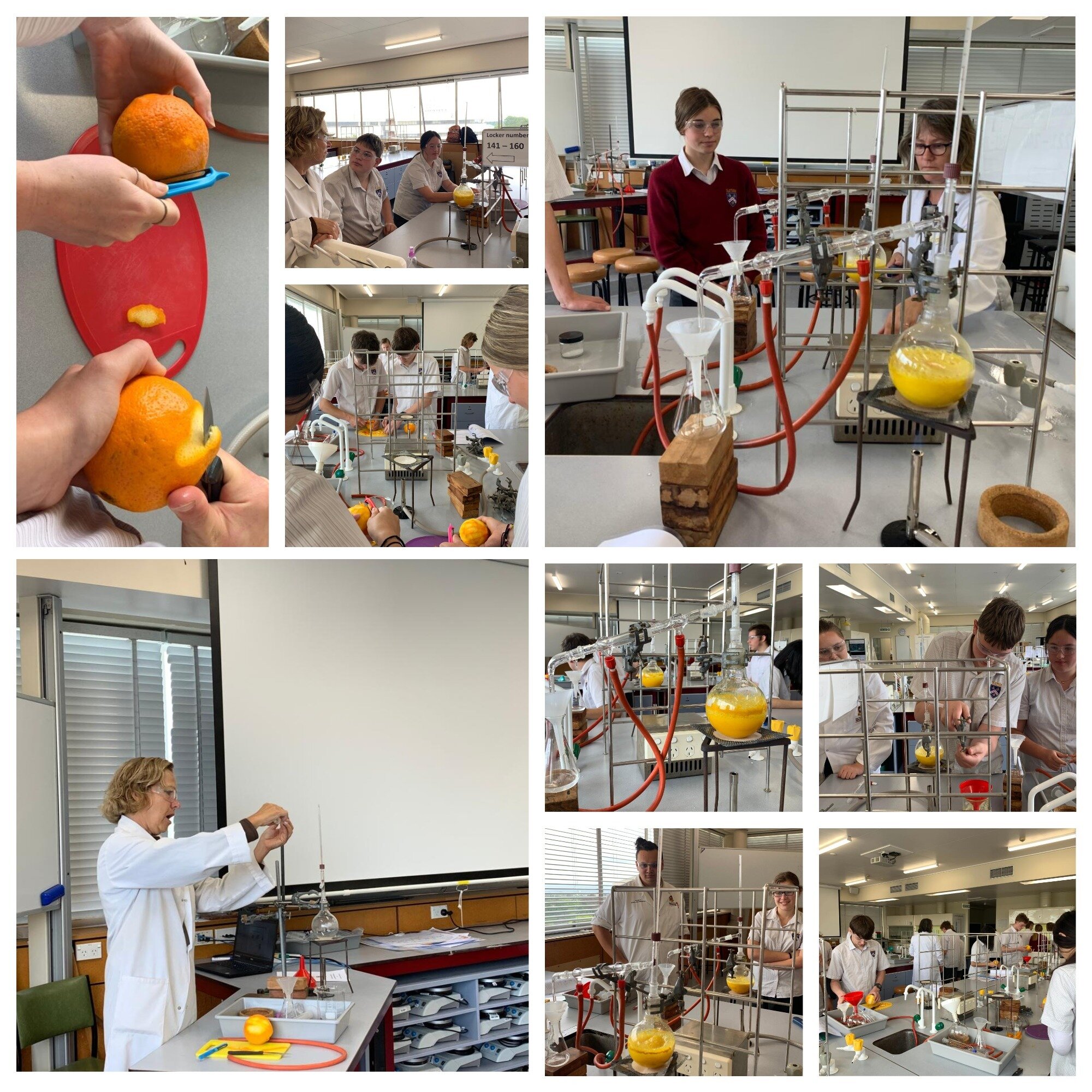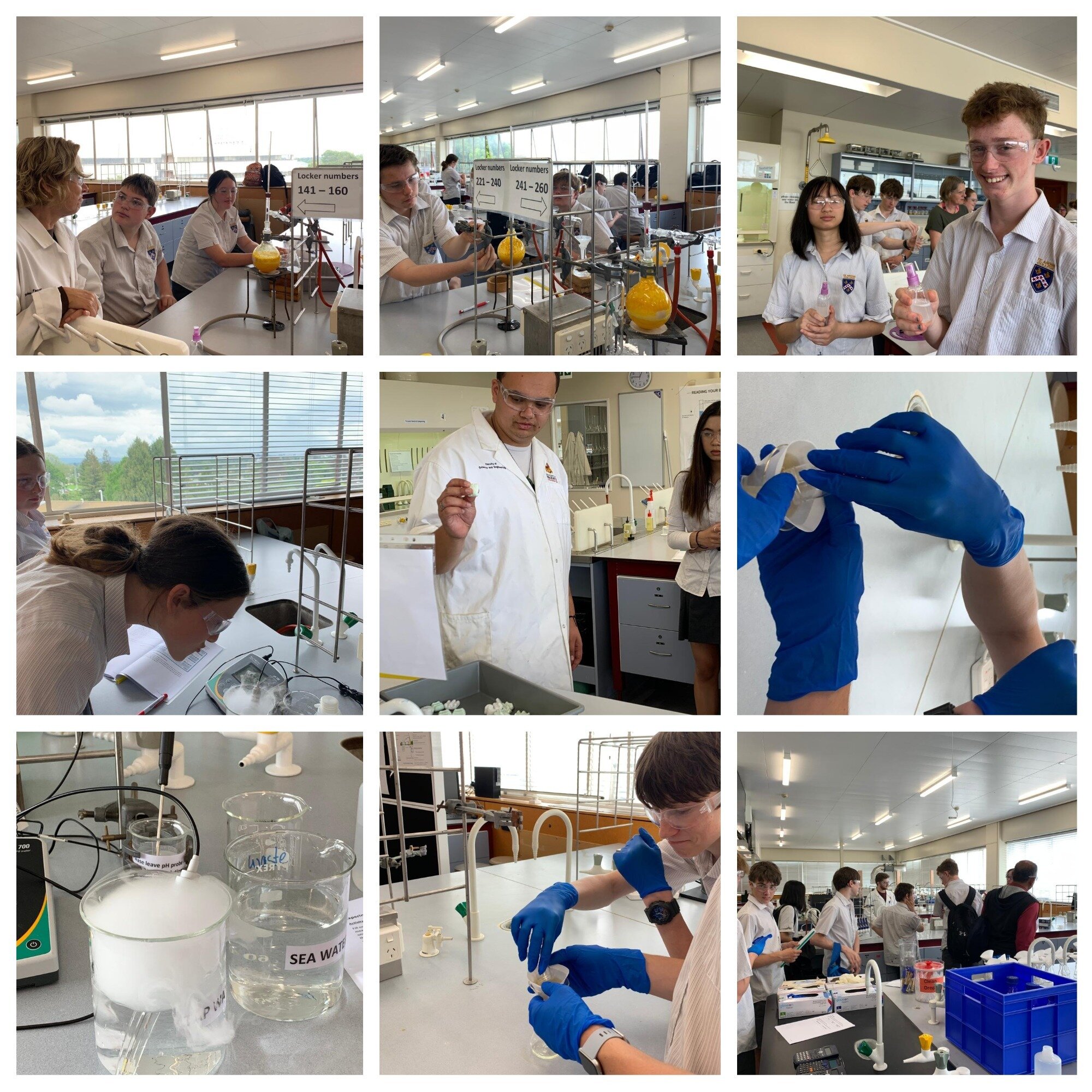Chemistry collaboration @Waikato University
PTC Trust collaborated with Dr Grainger and Annie Baker of Waikato University’s Analytical and Environment department to run another chemistry workshop for students across NZ. Te Aroha students were a hugely interactive bunch, full of inquiry and curiousity as they learned about chemistry and the environment through a range of techniques, experiments and practicums.
Doney et al (2008) states that ‘rising atmospheric carbon dioxide (CO2), primarily from human fossil fuel combustion, reduces ocean pH and causes wholesale shifts in seawater carbonate chemistry’. The process of ocean acidification is set to accelerate as CO2 emissions around the world rises. Stats NZ records: ‘gross greenhouse gas emissions were 78.9 million tonnes of CO₂-e, 24.0 percent higher than 1990 and 1.0 percent lower than 2017’ .
According to Ministry for the Environment NZ has several greenhouse gas emissions reductions targets
Our international targets are:
5 per cent reduction below 1990 gross emissions for the period 2013-2020
30 per cent reduction below 2005 (or 11 per cent below 1990) gross emissions for the period 2021-2030.
Our domestic targets are:
net zero emissions of all greenhouse gases other than biogenic methane by 2050
24 to 47 per cent reduction below 2017 biogenic methane emissions by 2050, including 10 per cent reduction below 2017 biogenic methane emissions by 2030.
Climatic changes are having an impact on Auckland’s marine environment. NZ herald reported on 20th November 2020 that “high pressure systems in October brought more sunshine, warmer temperatures and less wind than normal. This pattern led to warming of the sea surface and prevented cooler water underneath from mixing to the top. While the weather has been a bit more unsettled during early November, ocean temperatures have remained warmer than average due to prevailing northeasterly and northwesterly air flows."
‘Noll said New Zealand was now in a La Nina climate regime which tended to bring more northerly winds and had historically been associated with warm Tasman Sea temperatures. He commented that these temperatures increased the incidence of a marine heatwave …an extended period of extremely warm ocean temperatures that can extend up to thousands of kilometres”.
PTC’s chemistry workshop enabled youth to appreciate the ways in which climatic changes are impacting our marine environment. Across Oceania, ‘marine heatwave conditions persisted in the Tasman until March. Warmer than average seas can also provide extra energy for passing storm’.












